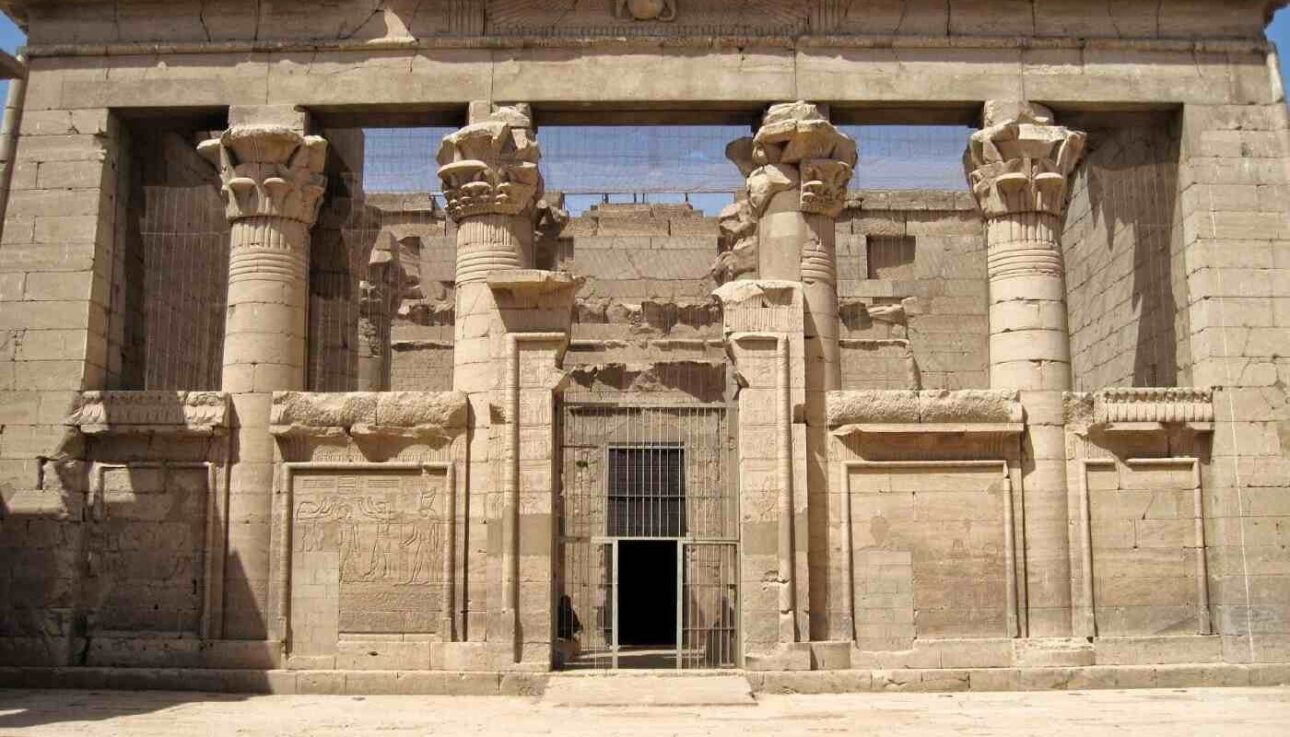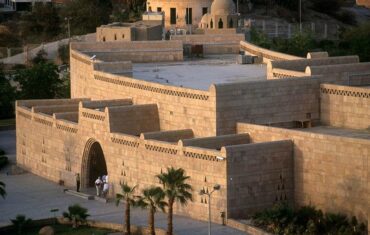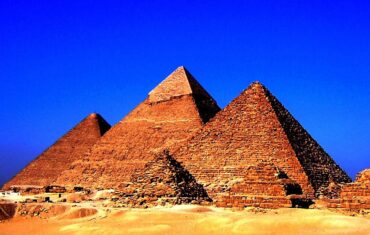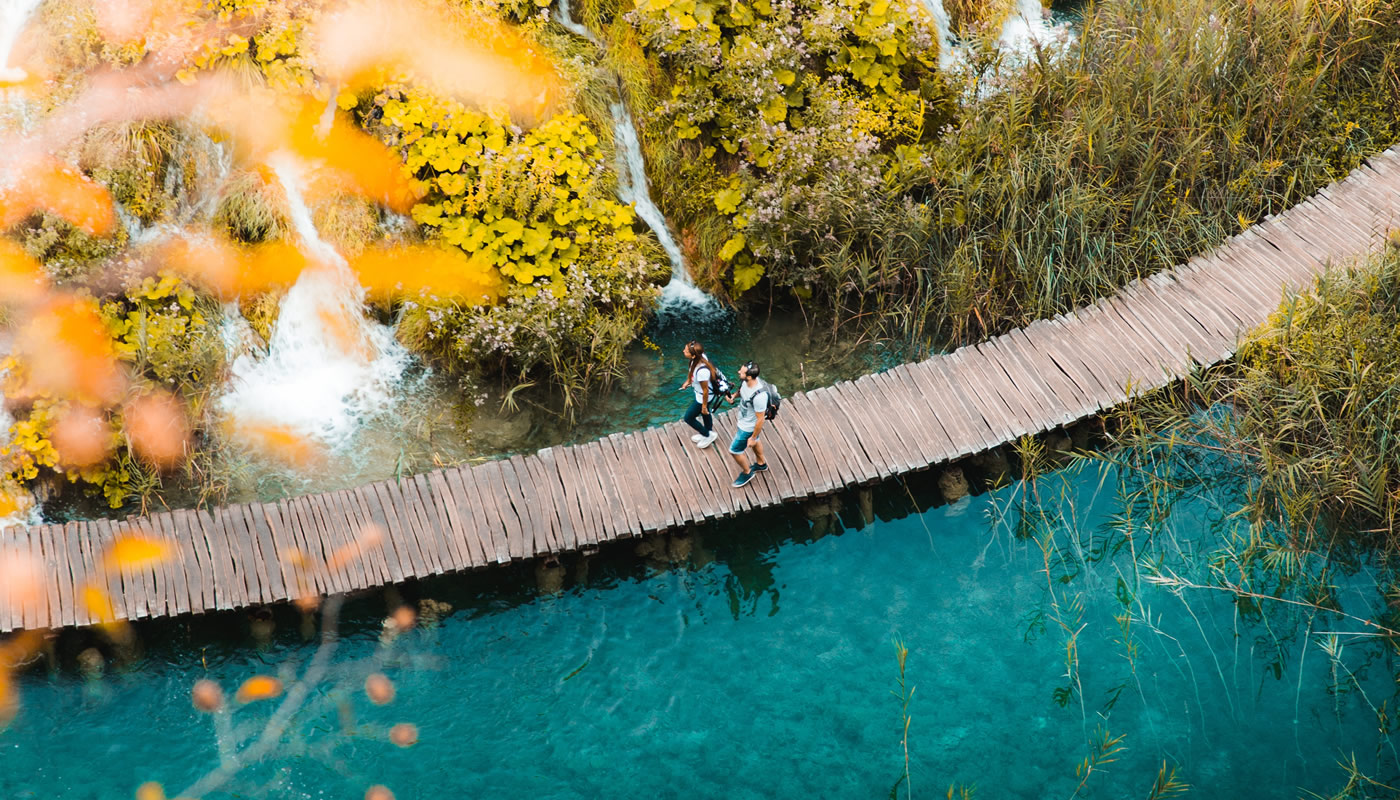The giant kalabsha temple looms over lake Nasser near the Western edge of the high-rise dam. It turns out to be either on a Cape or on an island, depending on the water level. Between it and the dam is a kind of cemetery of wrecked boats and fish remains, which reinforces the impression of abandonment. The main temple was moved here from the Talmis (later known as Kalabsha), which is located 50 kilometers South of Aswan.
This project was funded by Germany. The building was cut into 13,000 blocks and restored to its new location in 1970, along with other monuments of Nubia. Strictly speaking, the name “Kalabsha” refers more to the original location of the monument than to the temple itself. The latter was named after the God Mandulis and has no historical connection with the two smaller monuments moved here from other parts of Nubia
The Temple of Mandulis (Kalabsha)
The Temple of Mandulis / Kalabsha is a Hellenistic-Roman version of an earlier structure of the XVIII dynasty, dedicated to the Nubian God of fertility Maroul, whom the Greeks called Mandulis. In Ptolemaic times, Egyptian rule over Nubia was rather tenuous and depended on the good will of a powerful Nubian power centered at Meroe near the Fourth cataracts, 400 kilometers South of Abu Simbel.
After briefly regaining the Empire’s former strength, the Romans under Diocletian abandoned most of Nubia, making a deal with the local rulers to protect the southern border Egypt. The temple, which was part of the last Imperial city South of Aswan, has preserved evidence of this type of guardianship by local princes and States that inherited the Kingdom of Meroe. The latter disintegrated, unable to withstand the depredatory raids of the Blemmigans (circa 550 ad), a group of nomadic tribes that may be the ancestors of the modern Beja.
Road, courtyard and facade of the temple of Mandulis
Approaching the Sandstone temple from the opposite side, you will never know how impressive the stone paved road running from the shore and used by pilgrims in the days when Kalabsha was a place of healing, like the Edfu or Dendera. For unknown reasons, the low pylon of the temple stands at a slight angle to the building. This flaw is compensated by the presence of a trapezoid courtyard, the columns of which are located closer to each other on the shorter southern side.
The first group of noteworthy reliefs is found on the façade of the hypostyle at the far end of the courtyard. The traditional composition to the left of the entrance shows the Choir and Thoth sprinkling the king with sacred waters. But on the right wall there is a decree forbidding the admission of swineherds with their animals to the temple (issued in 249 ad). There is also a large relief depicting a rider in Roman garb receiving a wreath from the hands of a winged Victory, and a text in wretched Greek praising Siclo, the Christian ruler of the Kingdom of Meroe, for repelling another blemmigan raid.
Hypostyle and sanctuary of the temple of Mandulis
The hypostyle, now roofless, is notable for its columns with ornate flower capitals. Several reliefs on the back wall are also interesting. To the left of the entrance, one of the Ptolemies offers crowns to Horus and Mandulis, and Amenhotep II (the founder of the XVIII dynasty temple) makes libations to Mandulis and Min. On the opposite side, the nameless king defeats the enemy in the face of Horus, Shu, and Tefnut.
In the next vestibule, note the personifying figures of the Egyptian provinces placed below the image of the king offering wine to Osiris and gifts of the fields to ISIS and Mandulis (near the stairs leading to the outer vestibule), and the infrequent image of the deified Imhotep (below on the left wall of the temple or inner vestibule).
The sanctuary is about the size of lobbies. As in them, there were once two columns here. On the back wall you can find (from left to right) the emperor offering lotuses to ISIS with a young Choir and milk to Mandulis with Ouajit, then Smoking incense to the first two and offering lotuses to the second.
The cult statue of the God has not been preserved, but Mandulis reappears in both parts of the image covering the back wall of the temple: as a king with the Pharaoh’s crown, scepter and sign of Ankh (on the right), and as a God whose crown is decorated with RAM horns crowned with a sun disk, Uraeus and ostrich feathers (on the left).
From the outer lobby of the temple, you can access a staircase leading to the roof, where there is a smaller version of the Osiris shrines found in other complexes. The view of lake Nasser and the high-rise dam atop the temple courtyard is simply stunning. The small passage between the temple building and its surrounding wall leads to a well-preserved air-conditioned building.
Pavilion Kertassi and Beit al-Wali
Restored on the shore of the lake at the same time as The Kalabsha temple, The Kertasi pavilion seems to be a rough copy of the “Bed of the Pharaoh” in Philae. In fact, it was moved here from another ancient settlement located 40 kilometers South of Aswan.
Apart from the beautiful views of lake Nasser, this Hellenistic-Roman building is notable for two surviving columns with the head of Hathor, on which the goddess looks more like a representative of the cat family than like a cow. Note the women in the outer court begging for mercy while Ramesses leads their men captive, and the Nubians pay tribute in the form of gold, ivory, leopard skins, feathers, and even an ostrich.
The oldest monumental monument of the Nile-flooded part of Nubia is a temple excavated in a hill near The Kalabsha temple. Built in its original form under Ramesses II, who left his traces all over Nubia, this cruciform rock-cut complex is known by its Arabic name of Beit al-Wali (House of the righteous). Weather-damaged reliefs surrounding his narrow courtyard depict the Pharaoh’s victories over Nubians and Ethiopians (left), Libyans and Asians (right).
The images in the cross hall, on the other hand, are well preserved. The colors on them are still bright. Here Ramesses performs sacrifices in the face of ISIS, and the Aswan Choir of the triad (Hapi, State and Khnum). In the sanctuary of the goddess, they breastfeed him. The niche there contains mutilated cult statues of three deities.






